Nature reports
Category: Nature conservation
Page 12 of 18 - 177 Results
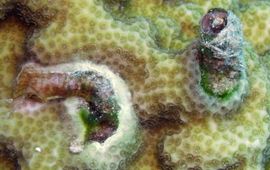
While studying coral reefs on Curaçao, a team of researchers from Naturalis and the University of Groningen came across what turned out to be a worm snail. Up until now, these animals had not been known in the Caribbean. Their..
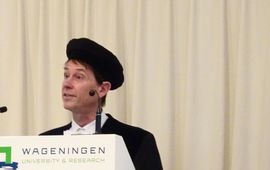
Living with biodiversity definitely is one of the main challenges for humanity in the coming century. In his farewell address as Special Professor in Insect Ecology and Conservation at Wageningen University, Michiel Wallis de..
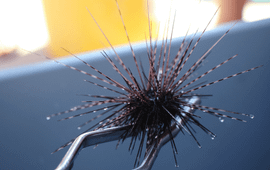
Last week, the Dutch Caribbean Nature Alliance hosted a sea urchin restoration workshop on Saba. This workshop helped 21 coral experts from the Caribbean region and more than 65 online attendants, to obtain a comprehensive view of..
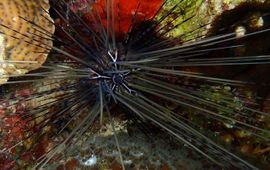
Coral reef restoration methods are showing promising results in supporting regional efforts for restoring degraded coral reefs in the Dutch Caribbean. Therefore, the Dutch Caribbean Nature Alliance (DCNA) organizes a Long-spined..
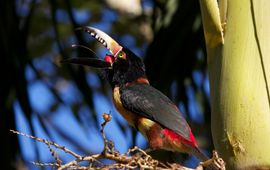
In areas of the globe where fruit-eating birds have wider beaks, palm trees bear larger fruits, a new study shows. This provides new insights into tropical biodiversity and clues for solving species conservation, forest..
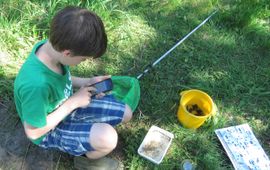
Measuring biological water quality by volunteers has an added value to monitoring by professionals. It helps to obtain a fuller picture of water quality in Dutch ditches, streams, ponds and canals. ..
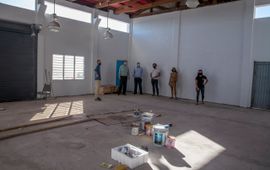
This year the Saba Conservation Foundation (SCF) became the new tenant of an old power plant at the Fort Bay harbor of Saba. SCF is planning and searching for funds to convert it into a Marine Research Station. The facility will..
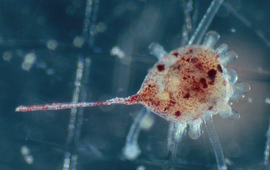
On October 22st, 2021, the first ever recorded Diadema sea urchins in the Caribbean were cultured on Saba. Diadema sea urchins are important grazers and can facilitate corals by reducing their competition with algae. By culturing..
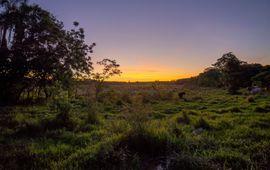
Tropical forests are converted at an alarming rate through deforestation. A new study, published in Science, shows that regrowing tropical forests recover surprisingly fast on abandoned land. ..
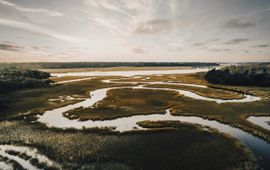
Swamps, marshes, peatlands, floodplains and ponds – more than 90 percent of these European wetlands have been drained for other forms of land use. As a result many species of plants and animals have disappeared, and important..
